New WHO report urges ‘now is the time for action’
A new WHO report urges the global community to accelerate action against neglected zoonotic diseases as most of them can be controlled through existing knowledge and tools. The report urges to accelerate action by the global community in line with World Health Assembly resolutions that provide the policy framework to act collectively against these diseases.
The report acknowledges the momentum generated over the past decade and highlights the need to focus on operations for those neglected zoonoses included in the WHO Roadmap on neglected tropical diseases.
“The international community must rise up and take responsibility in pushing ahead for the control and elimination of these neglected zoonotic diseases,” said Dr Bernadette Abela-Ridder, Team Leader, Neglected Zoonotic Diseases, WHO Department of Control of Neglected Tropical Diseases. “These infections affect mainly poor segments of populations that interact closely with animals and our role should be to implement proven measures now that can contribute to the health and improved livelihood of affected families.”
Neglected zoonotic diseases prevail in low-resource settings worldwide where they impose a dual burden on affected communities and that of the livestock they depend upon.
WHO estimates that nearly two-thirds of all human pathogens originate from zoonoses, making it important to adopt a global ‘one-health approach’ involving veterinary and human sectors to control and prevent zoonotic pathogens. The report highlights the potential for intersectoral collaboration, particularly at the subnational level, and calls for more work to be done.
Initiatives by many governments have been endorsed by the Food and Agriculture Organization of the United Nations (FAO), the World Organization for Animal Health (OIE) and WHO and are financially supported by members of the broader international community, including the Bill & Melinda Gates Foundation, the UK Department for International Development, the European Union, the International Development Research Centre and the CGIAR (formerly known as the Consultative Group on International Agricultural Research).
“We have existing knowledge and evidence that can be transformed into strategies and applied on a large-scale,” said Dr Dirk Engels, Director, Department of Control of Neglected Tropical Diseases. “We need to be able to capitalize on experience and the growing political commitment to involve other sectors, with community participation, to speed up the elimination agenda.”
Achieving a world free from dog-mediated human rabies by 2030 is feasible with current tools and increased investment, as demonstrated by recent rabies success stories. However, the report notes other endemic zoonoses such as echinococcus have a low political profile, attract scant investment and are unlikely to achieve their 2020 target.
Control tools are available against fish-borne trematode infections and Taenia solium cysticercosis , now it is time to validate integrated and cost–effective programmes so that strategies can be evaluated and validated in order to reduce human suffering and loss to income and to attain WHO NTD roadmap targets.
The meeting report advocates the application of cross-sectoral approaches that require a combination of leadership and community-level engagement for greater impact. It also discusses opportunities for innovative funding mechanisms to support control outside traditional donor models. These include initiatives stemming from national bodies and the private sector.
The fourth international meeting on neglected zoonotic diseases “From Advocacy to Action” (Geneva, Switzerland, 19–20 November 2014 ) was hosted by WHO, attended by more than 120 delegates and financially supported by the European Union seventh framework programme through the ADVANZ (Advocacy for neglected zoonotic diseases) programme.
Discussions focused on increased recognition of zoonotic diseases and initiatives by national governments to mitigate their impact on citizens by implementing control programmes.
Although not specifically included in the WHO Roadmap on neglected tropical diseases, the meeting addressed other diseases such as anthrax, bovine tuberculosis, brucellosis and leptospirosis. For example, Mongolia has successfully implemented programmes for brucellosis control through a ‘One Health’ approach, but experience also shows that diminishing financial resources could put human and animal lives at risk once again. The emergence of brucellosis during the current war in the Syrian Arab Republic has illustrated the importance of conflict as a driver for the emergence of such a disease as people rely more on their animals for sustenance.
Many countries provided examples of programmes that are advancing control of some neglected zoonoses, both at national and local levels, from across three continents. There is now an important opportunity to mobilize existing knowledge, experience and political will, and move from advocacy to action.
WHO’s 2012 Roadmap on accelerating work to overcome the global impact of neglected tropical diseases and Resolution WHA66.12 adopted by the World Health Assembly in May 2013 have enhanced the visibility of neglected diseases with zoonotic components – notably rabies, cysticercosis, echinococcosis, human African trypanosomiasis, foodborne trematodiases and leishmaniasis.
Background
Much of the initial momentum for action against neglected zoonotic diseases was catalysed by the inaugural meeting on neglected zoonotic disease control in 2005. In 2008, experts met to formulate a global One Health concept to encourage an interdisciplinary, intersectoral approach across to tackle disease risks that emerge when humans and animals share a common environment.
Efforts to consolidate collaboration gained momentum in 2010 when a Tripartite Concept agreement between WHO, the FAO and the OIE was established. Enhanced advocacy and multisectoral collaboration have since added to the knowledge and experience for a more concerted intersectoral approach.
To view the original post on the World Health Organization website Click here
Kenyan perspective
Kenya has launched a rabies elimination strategy, as outlined in the Strategic Plan for the Elimination of Human rabies in Kenya, developed collaboratively by like minded ministries coordinated by the Zoonotic Diseases Unit.
“The medical costs associated with treatment after a person has been bitten by a rabid dog is estimated at US$170.00 in Kenya,” says James Macharia, Cabinet Secretary for Health. “This represents considerable financial hardship to a poor household.”~adopted from the WHO website
The contribution by ZED group
The new Zoonoses in Livestock in Kenya (ZooLink) project is the newest activity by the ZED group that seeks to enable Kenya to develop an effective surveillance programme for zoonoses , which is, by design, integrated across both human and animal health sectors. To achieve this goal we will work in close collaboration with Kenyan government departments, working in western Kenya initially and using this as a model for a national programme. The rationale for ZooLinK is that the presence and burden of zoonoses is greatly underestimated. To learn more about the ZooLink programme visit our page by Clicking here













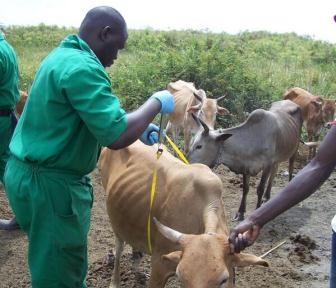
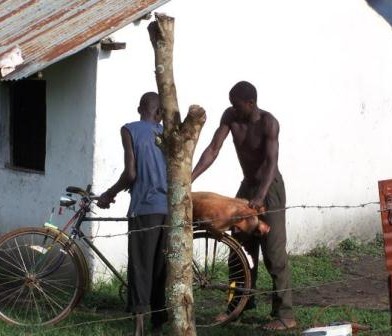
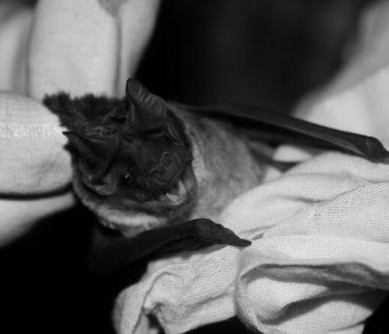



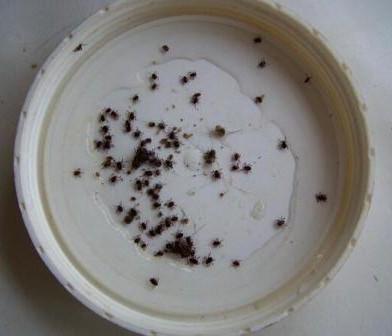
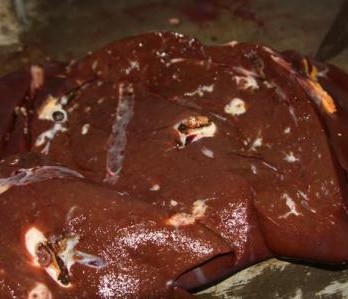
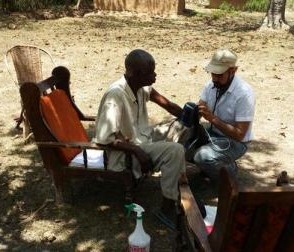

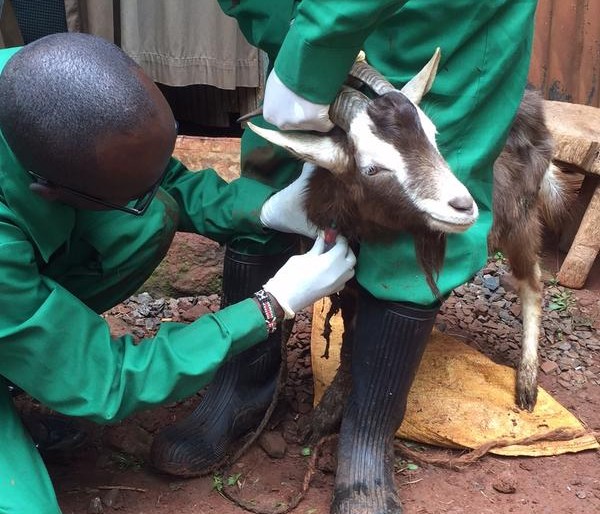
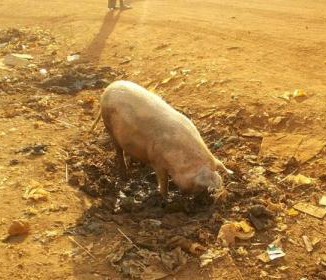

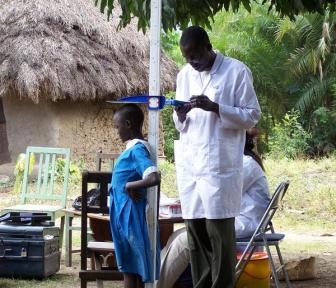
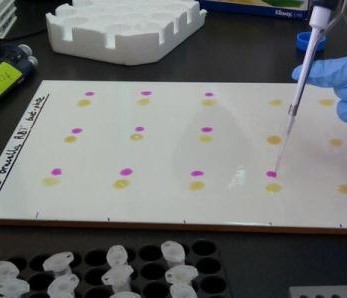

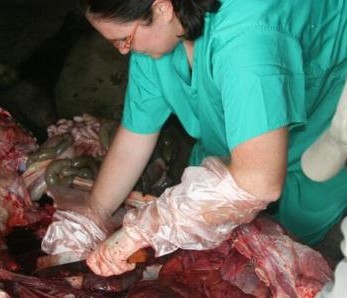
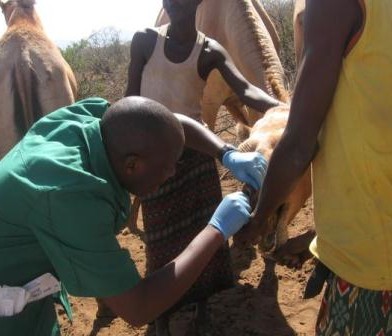
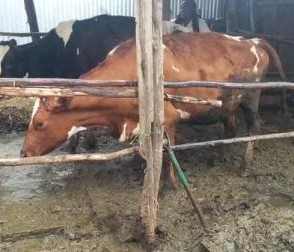
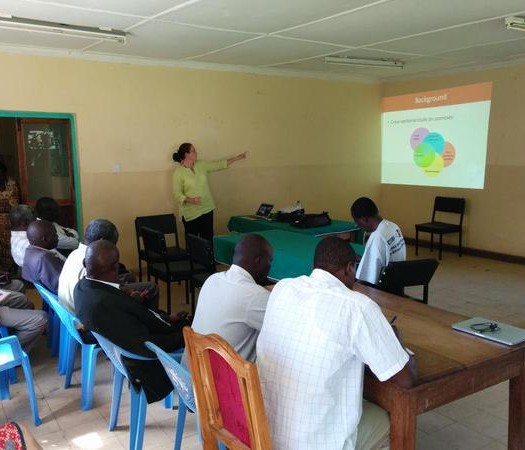
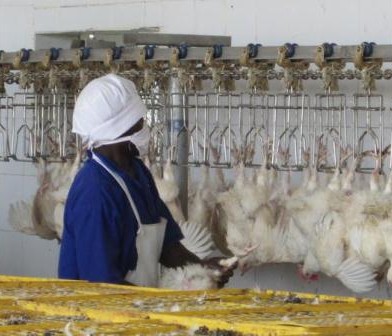
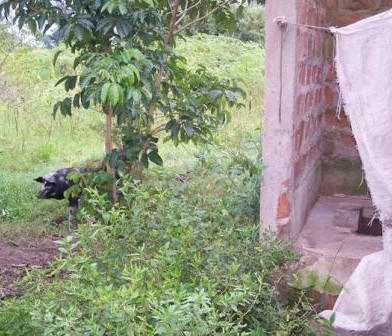
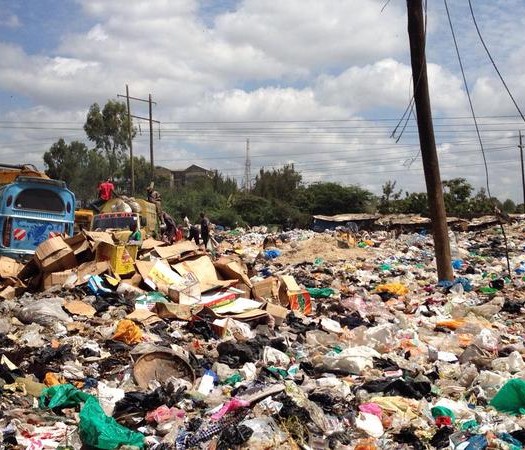
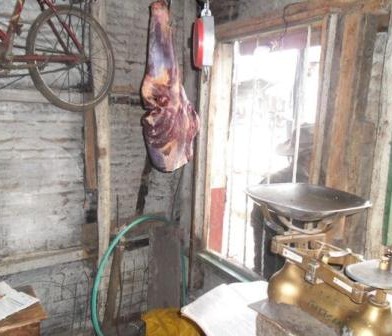
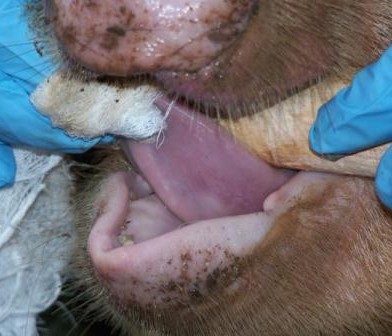

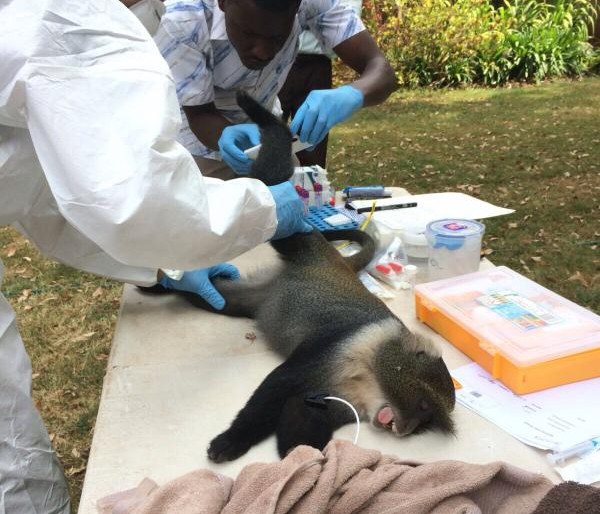

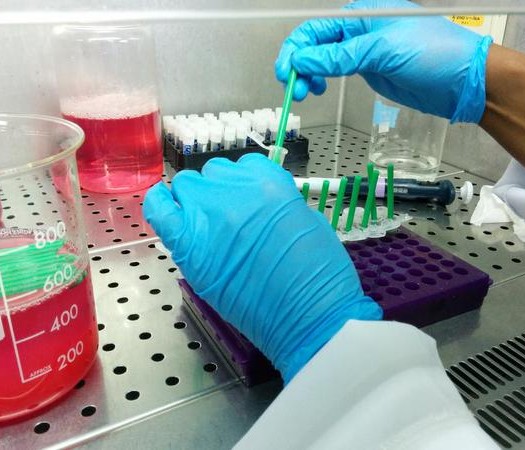



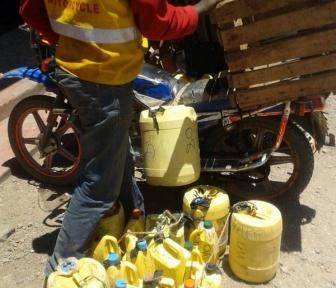
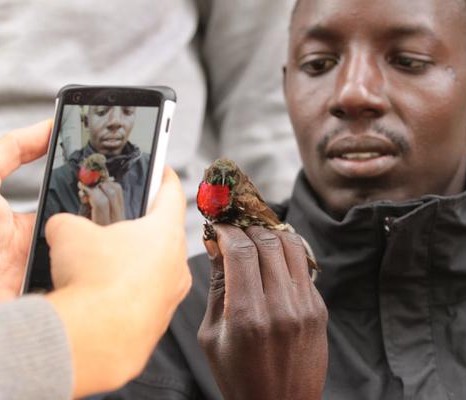

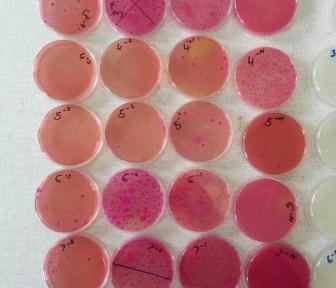
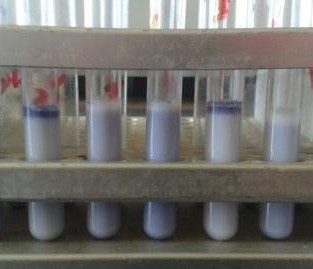
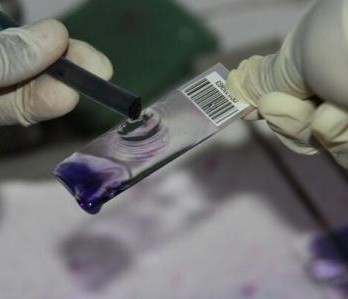
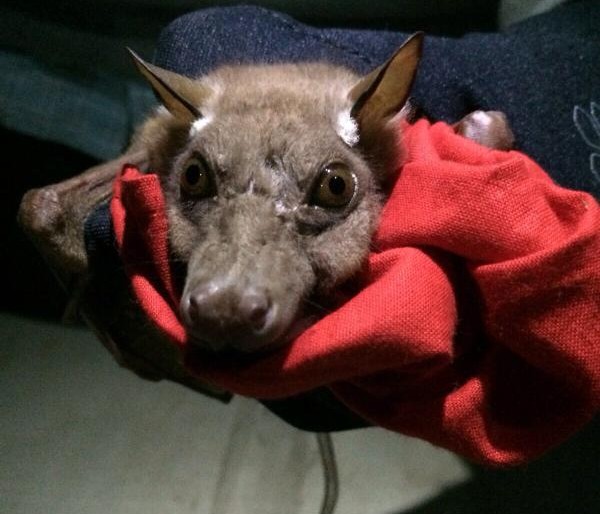

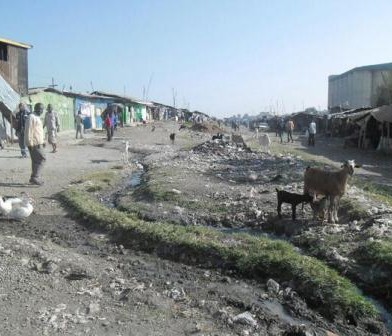

You must be logged in to post a comment.